|
What did you do before creating your distillery and gins? Born and raised in California, Daniel returned to Viêt Nam working with Oxfam America, the American Wetlands Foundation and the Viêt Nam Ministry of Natural Resources and Environment on sustainable Mekong Delta development, focusing on the agricultural supply chain. He transitioned to formulating forest land allocation policy in the Central and Northern Highlands among minority tribes. During his time there, he participated deeply in everyday life in remote villages, foraging botanicals, eating local foods, and drinking local spirits. He learned about the terroir, botany, spiritual animism and local culture, and gained the knowledge of the unique flavours of these regions. He also formed lifelong friendships with the villagers, and continues to work with them to consolidate their sustainability. Daniel says, "It was during this time that I developed relationships with local farming and foraging communities in northern Vietnam. It was also when I started to truly understand the significance of native botanicals – which were most important to local communities, and were in danger of being lost.” What made you decide to create your gin and distillery, and what's the inspiration behind them? The idea of using Vietnamese botanicals to create a unique gin came to Daniel while he was working with a mountain community in the district of Si Ma Cai. Daniel explains, “Farmers there were having trouble selling corn they had grown, so they fermented it and distilled it into whisky, which was far easier to sell.” That was when it struck him: a spirit might be the best way to introduce outsiders to the amazing plants of northern Vietnam. Rural communities had cultivated and foraged these botanicals for centuries, and by distilling them into a gin, they could share them with people across Vietnam and beyond. Not only would this support Vietnamese biodiversity and allow traditional ways of life to thrive, but it would also mean sharing the stories of these remote communities with the wider world.. What is the meaning and story behind the Sông Cái brand name? Our name, “Sông Cái”, means “Mother River,” for the pure waters that flow from the Highlands, for the beauty and bounty that Vietnam brings to the world. The term pays homage to the deep reverence that rural agricultural communities have for bodies of waters as givers of life. Rivers are also something that both figuratively and literally connect communities. From the mountains they flow all the way down to the coast, and we’re now reaching out across the ocean to the international community. Sông Cái's logo represents this spirit by portraying the tools used by our community partners to forage botanicals used in our gin and other spirits. Our bottle highlights local Vietnamese artisans via a back label shining through the front. The flagship gin labels are inspired from Hàng Trông, an ancient Vietnamese painting style, of which we are working with the last remaining artist. Can you tell us more about your distillery and your team? Sông Cái Distillery is the first gin distillery of Viêt Nam. We are a full distillery and botanical sourcing operation, licensed for commercial operation in Hà Nôi in 2018. We work primarily with highland ethnic minority communities, primarily Red Dao, H’Mong and Nung communities. These communities are our farmers and foragers — they are the stewards of the land we call home. We make sure to help invest in processing equipment and facilities for local community cooperatives, to make sure our community partners aren’t just supplying us with botanicals, but have the means to process the ingredients as well. We also make a point to hire locals. Our staff is 100% local and 60% over of distillery team are indigenous women. Our still is a Copper Alembic Pot Still - direct fired. We opted for this for flavour development in lieu of efficiency. Direct fire for homage to traditional Vietnamese distillation. Can you tell us more about your distillation process? Our distillation process is a single distillation after maturation. Certain groups of botanicals are distilled separately to ensure optimal flavour extraction. For example, roots are distilled separately to distil at higher temperatures that are more suited to extracting the more robust and dark flavours, whereas floral botanicals are distilled at lower temperatures to extract more subtle notes. And an emphasis is placed on blending groups of botanicals after distillation. All of our botanicals (their images and names), except for juniper (from Macedonia), are from Vietnam. Daniel says, “We chose botanicals that foraging partners would be proud to see us use. They may be a little bit more obscure on the international scene, but it was important to us that as we were building this premier Vietnamese spirit, we were placing gins in the context of Vietnamese culture.” For example, our award-winning Viêt Nam Dry Gin pulls from the entire palate spectrum with a harmonious fusion of 16 Southeast Asian botanicals including jungle pepper, black cardamom, green turmeric, licorice, and heirloom pomelo. Meanwhile, the Việt Nam Floral Gin is a treatise to the mountains and deltas of Viêt Nam, using five flowers — dragon claw flower, ylang ylang, jasmine, michelia alba, and pomelo — for a stunning bouquet of fresh flavours. Can you tell us more about some of the native botanicals that feature in your gins?
Can gin lovers visit the distillery, and what can they experience? Currently the Sông Cái distillery is not open to the public, yet through private appointments a guest can see and tour the R&D rooms, distillery equipment and get a feel for the distillery process as a whole. What are your favourite ways to drink your gins?
Our Dry Gin plays well with citrus, especially in a Gimlet or Gin Fizz. Our Spiced Roselle Gin features sweet, tropical fruit, and warm spice. It can be enjoyed on its own, on the rocks, or mixed with ginger ale. And we recommend a Sông Cái Martini for our Floral Gin, a nod to our friends at Atlas Bar in Singapore:
We have a wide variety of exclusive, Viêt Nam-inspired cocktails for each of our gins. The recipes are available at www.songcaidistillery.com/recipes Desert Island Gins: Which 3 gins would you take with you (other than your own) and why? I would take the “Isle of Islay, Islay Gin: Nerabus Gorse,” from Scotland, the “Hachioji Elderflower” gin from Japan, and Procera's Green Dot Gin from Kenya. Not only are these gins exceptional from the nose to the finish, they also represent stories combining heritage, culture and a dedication to the crafting of premium spirits. What is your ambition for your Sông Cái in the years to come? We aim to create products that tell a multi-faceted story of Viêt Nam. We started with gins, and we have just moved to our next phase with 2 new products:
You Might Also Like...
Comments are closed.
|
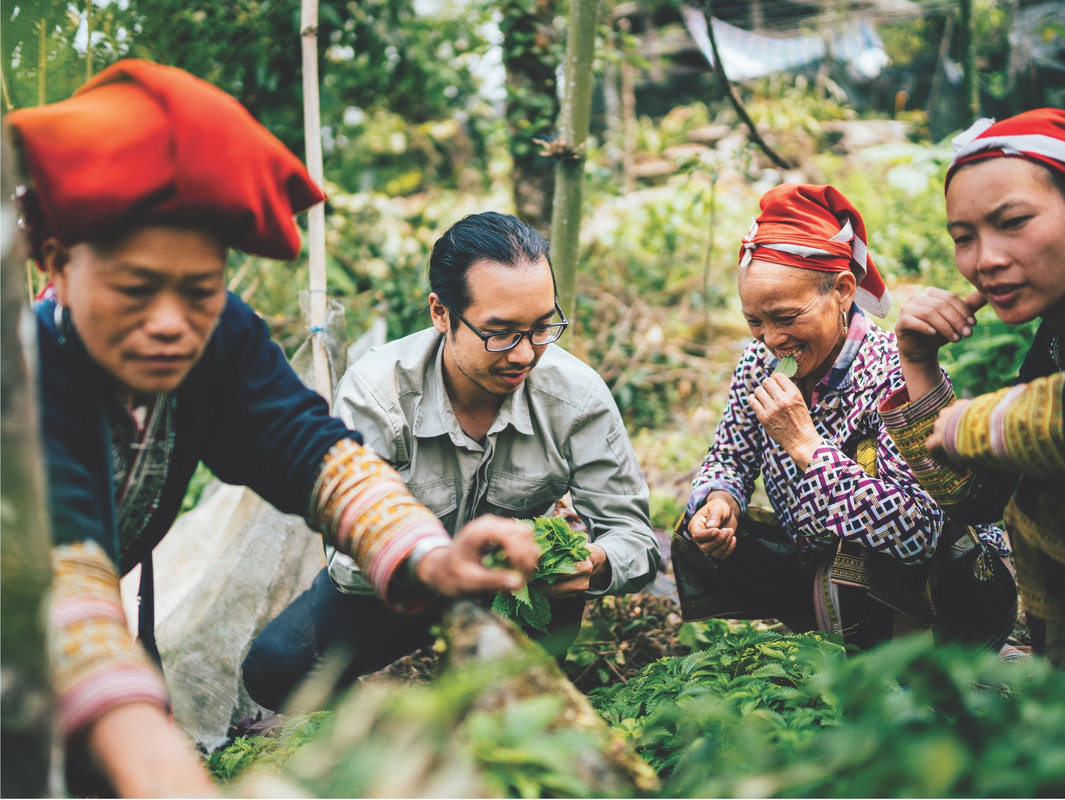
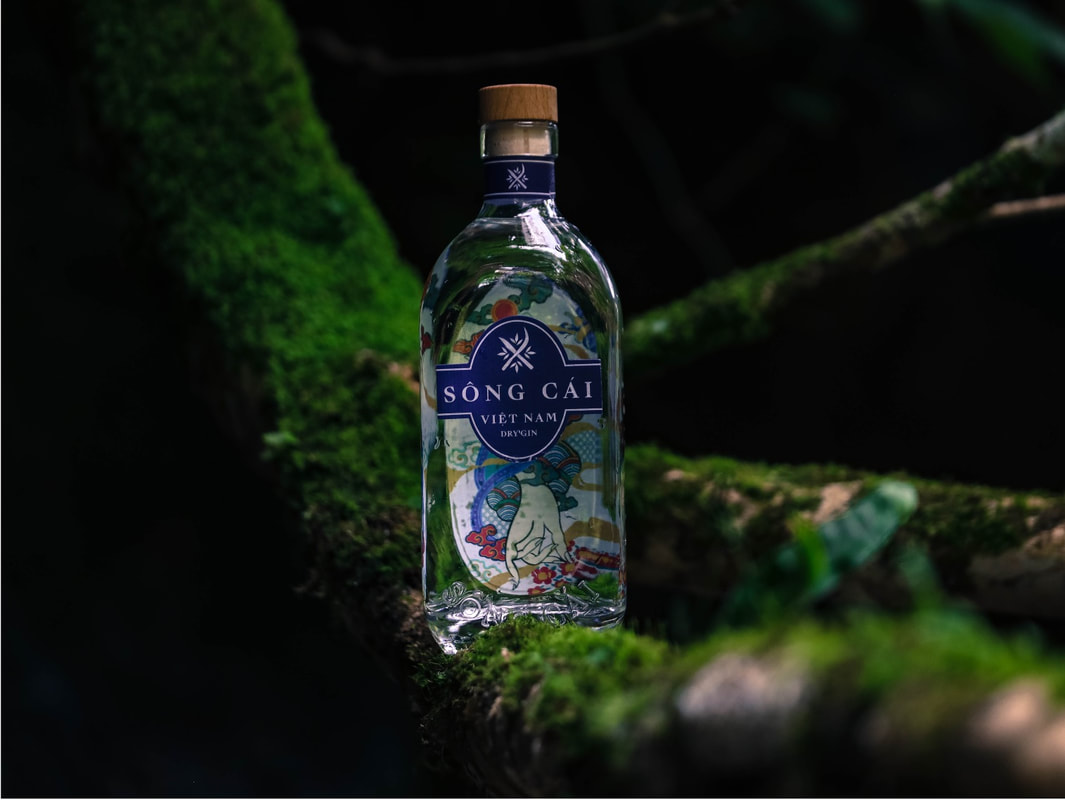
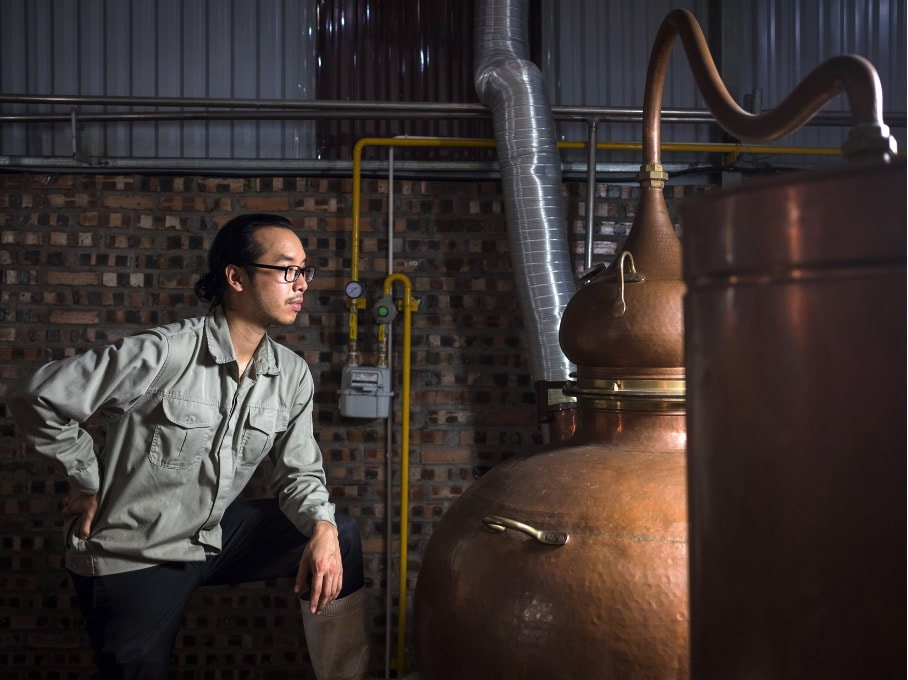
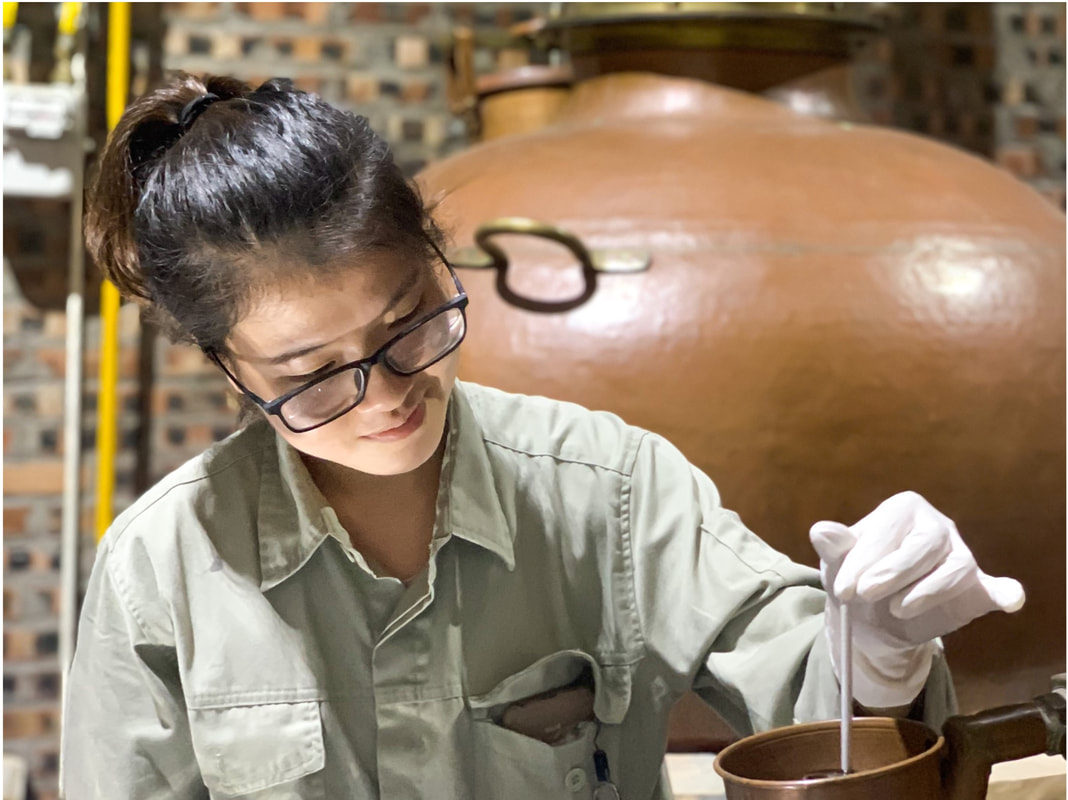
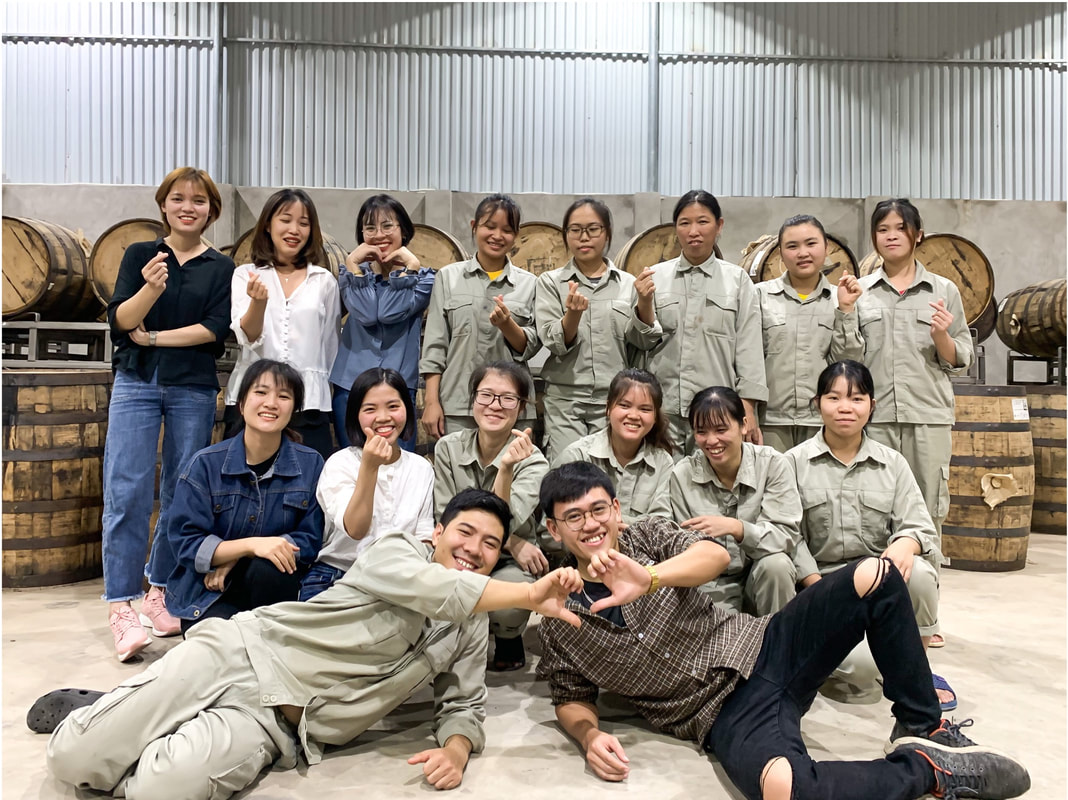
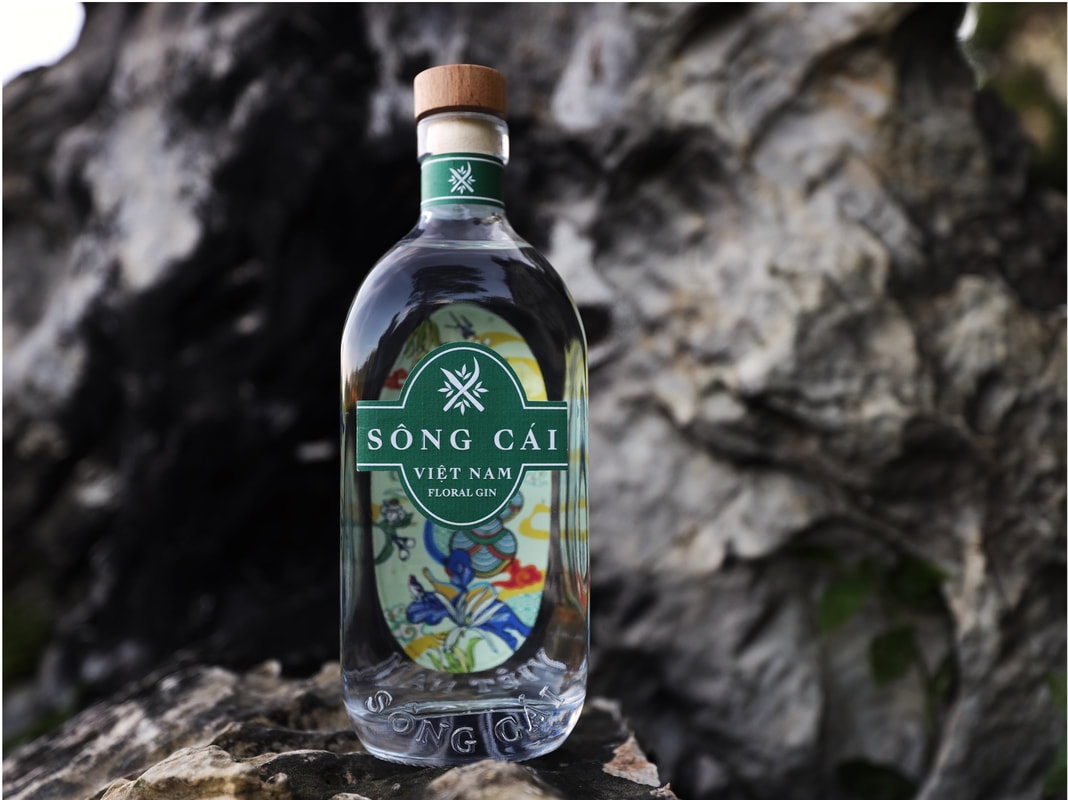
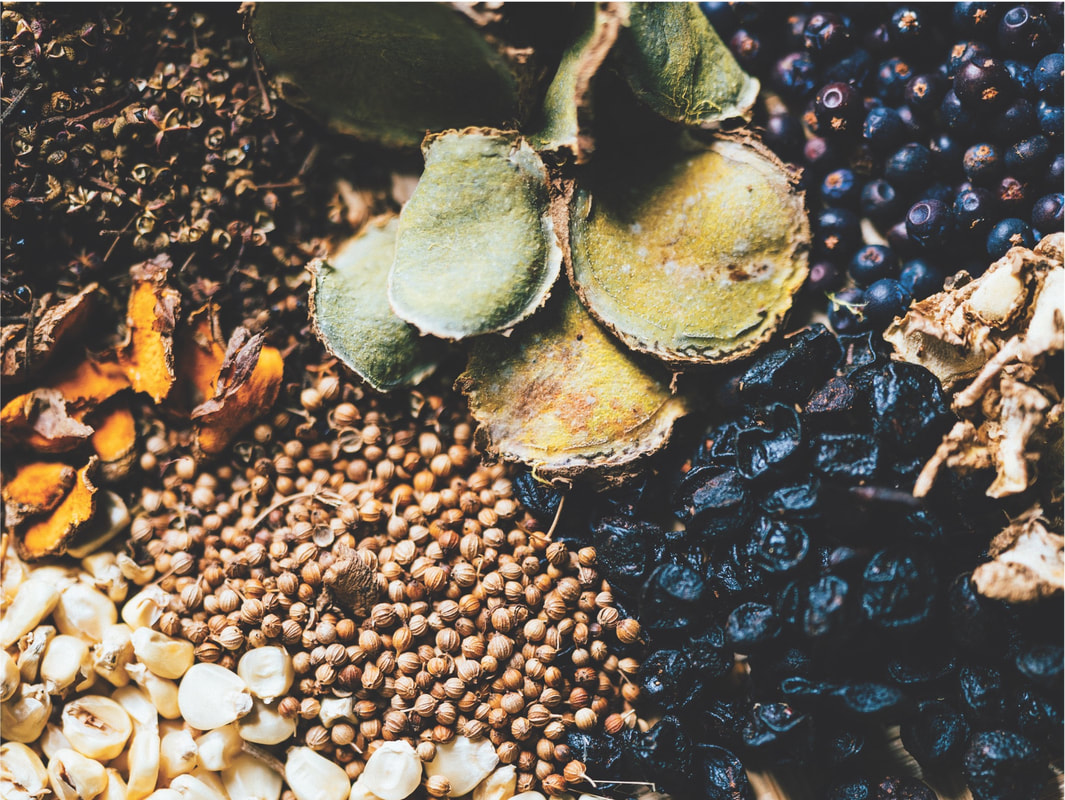
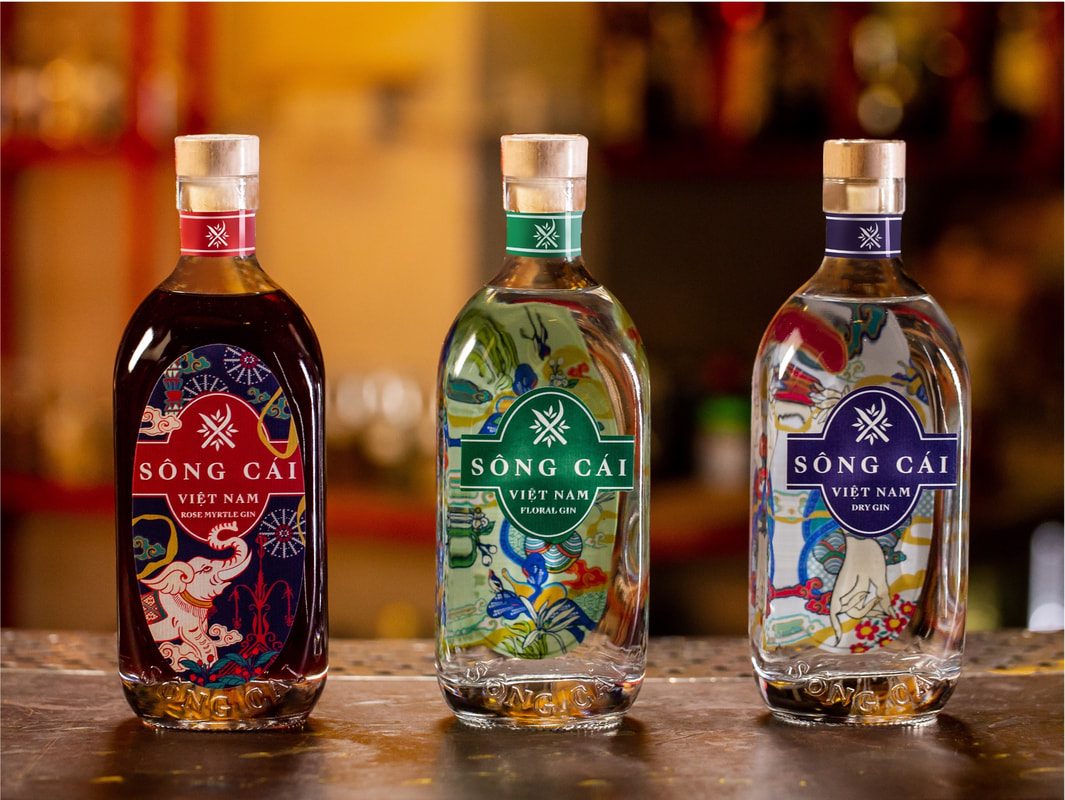
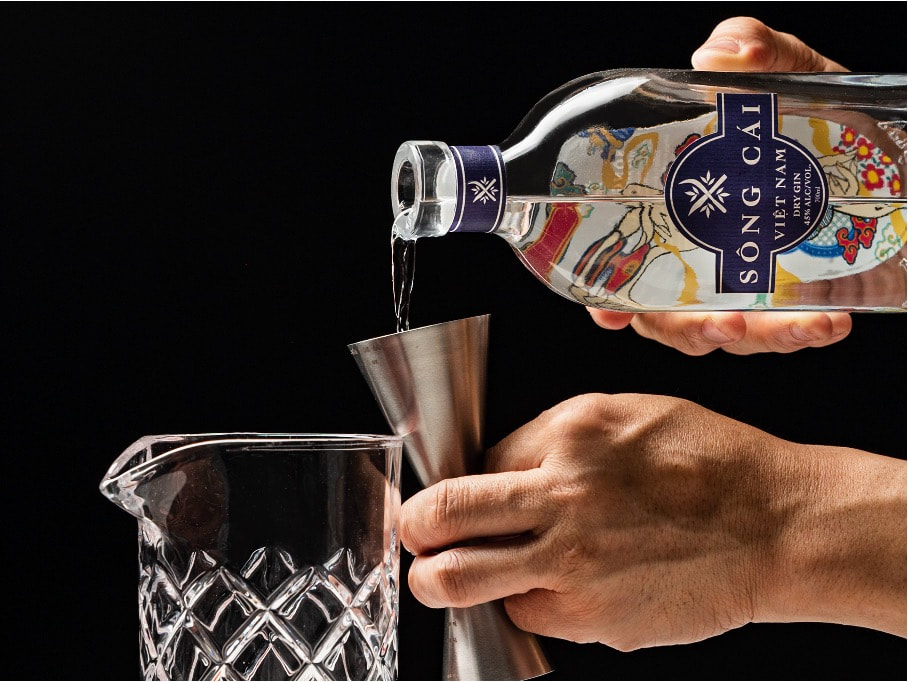
 RSS Feed
RSS Feed


